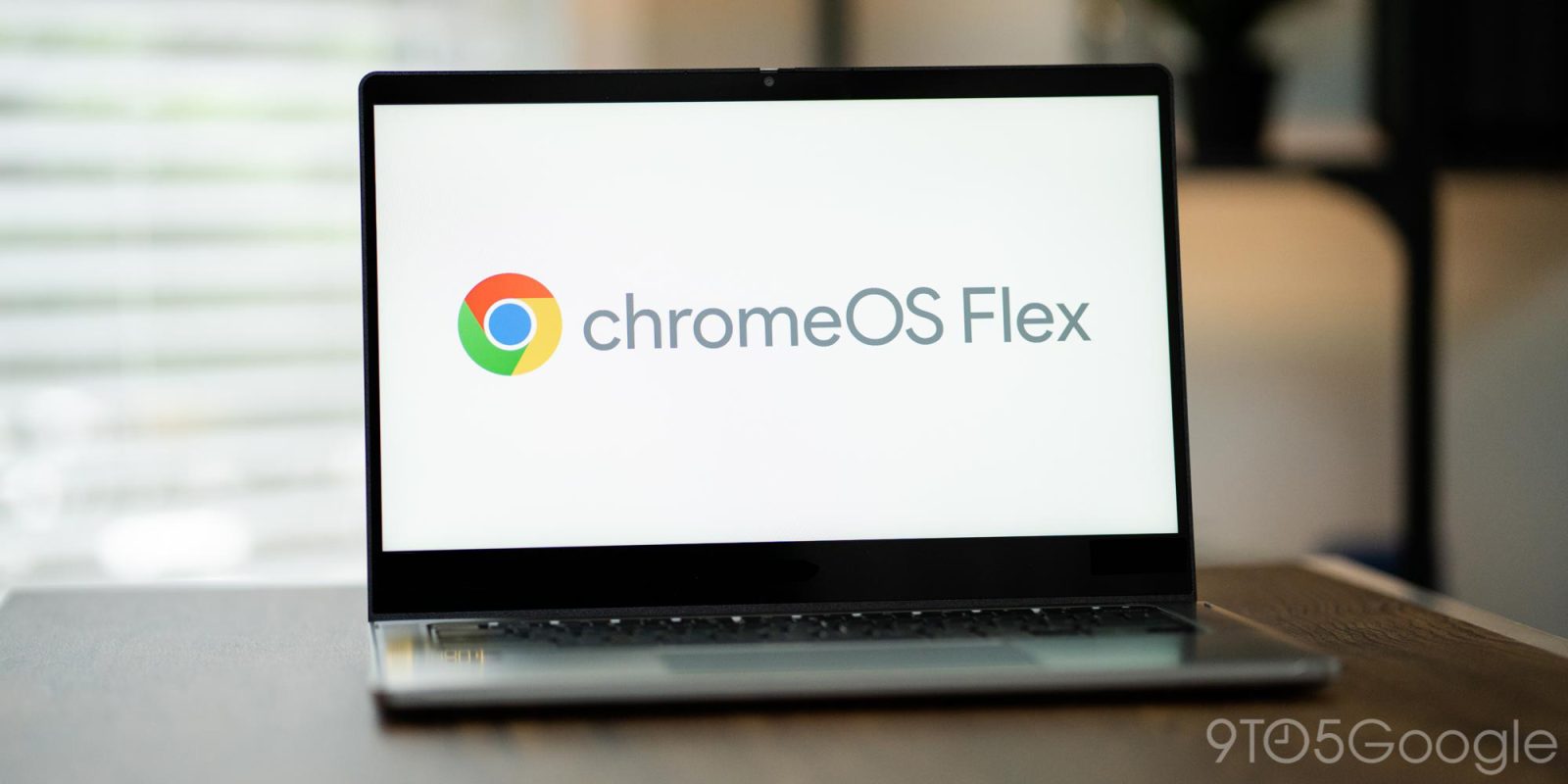
After entering early access preview five months ago, ChromeOS Flex is now stable (version 103) and ready for widespread use.
This follows Google’s decision to relaunch CloudReady, which it acquired in December of 2020, as ChromeOS Flex in February. This “free-to-download operating system” turns older Mac and Windows computers that are no longer receiving updates into Chromebooks.
Devices running ChromeOS Flex share the same code base, tab/application-level sandboxing, read-only OS, background system updates, release cadence, and seconds-long boot time.
Other similarities include the Chrome browser, user interface, cross-device integrations with Android, cloud sync (for settings and bookmarks), and Google Assistant, as well as support for Family Link, Smart Lock, Instant Tethering, and Nearby Sharing. However, ChromeOS Flex lacks Android apps and the Play Store, though Linux is supported on modern hardware.
ChromeOS Flex can be installed over a network (ideal for fleets) or via USB device, which lets you boot directly and trial it first. Google’s OS works with Intel or AMD x86 (no ARM support) computers running Windows and macOS.
As of today, the company has certified over 400 devices as working with Flex and expects devices up to a decade old to be compatible. Certification means that audio input/output, the internal display, networking, USB, webcam, and other core components will work.
We’re working on more certifications every day, and even if your device isn’t yet certified, you can still try ChromeOS Flex!
Since the early access program, Google has resolved over 600 issues, with the hardware requirements following:
- Architecture: Intel or AMD x86-64-bit compatible device
- RAM: 4 GB
- Internal storage: 16 GB
- Bootable from USB drive
- BIOS: Full administrator access. You’ll need to boot from the Chrome OS Flex USB installer and make some adjustments in the BIOS if you run into issues.
- Processor and graphics: Components made before 2010 might result in a poor experience.
Note: Intel GMA 500, 600, 3600, and 3650 graphics hardware do not meet Chrome OS Flex performance standards.
ChromeOS Flex is free to install for all users — full instructions — through the Chromebook Recovery Utility (Chrome browser) extension. Enterprise users need to pay for Chrome Enterprise or Education Upgrades to get fleet management and support. Existing CloudReady customers will be upgraded to the new experience.
More on ChromeOS:
- Google making Password Manager more capable and prominent on Android, Chrome
- Chrome OS 103 rolling out: Phone Hub camera roll, faster Nearby Share + Wi-Fi sharing
- Gaming Chromebooks will focus on cloud services like Stadia & GeForce Now
- ChromeOS can now open more archive files including 7z, iso, and tar
FTC: We use income earning auto affiliate links. More.






Comments